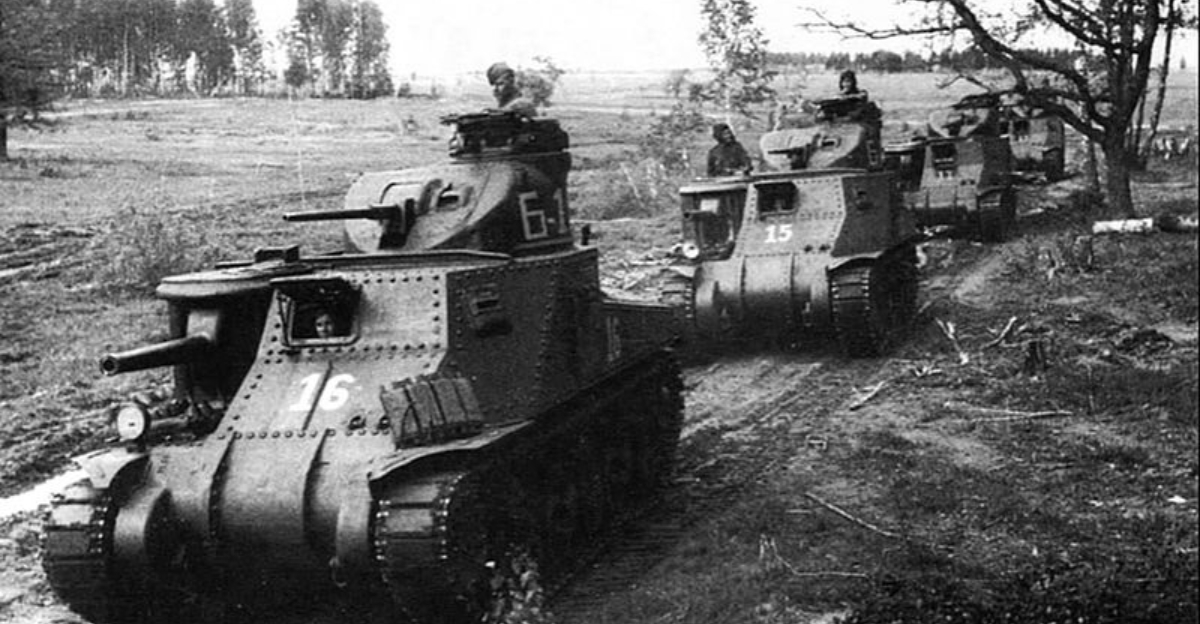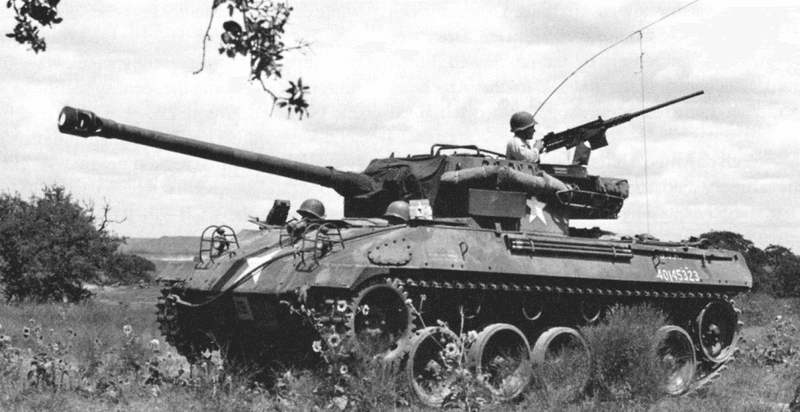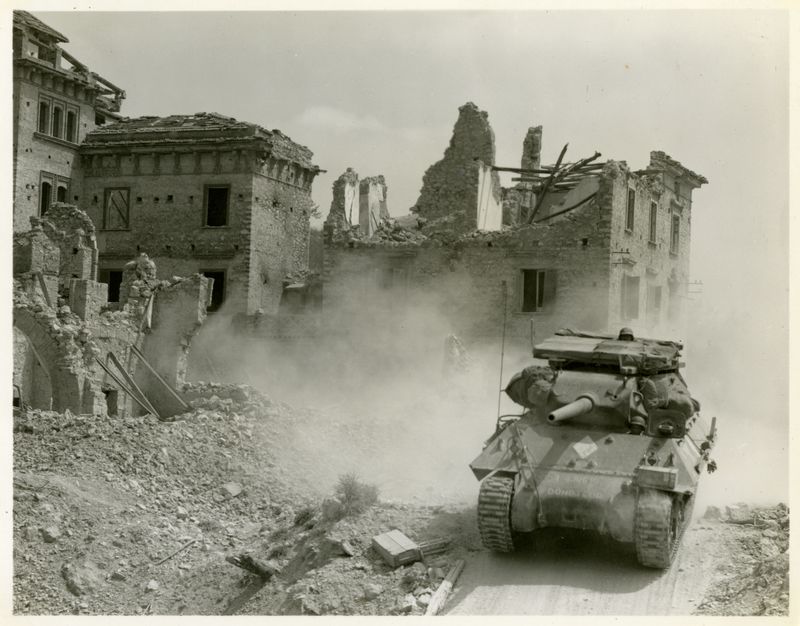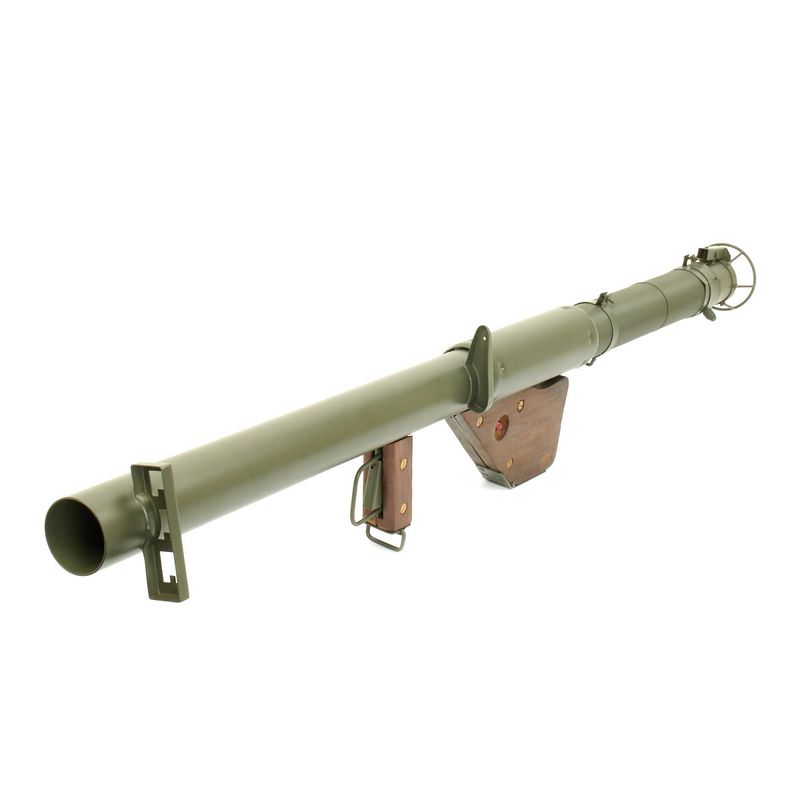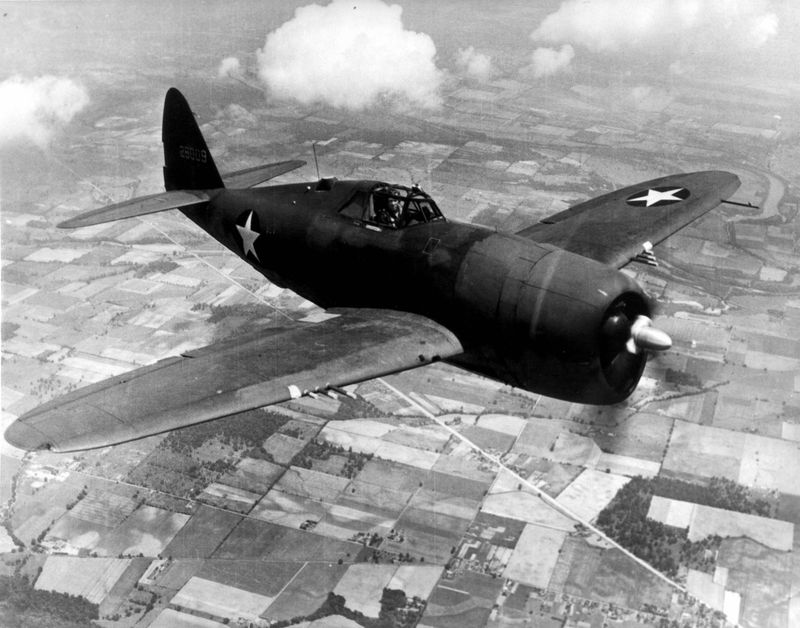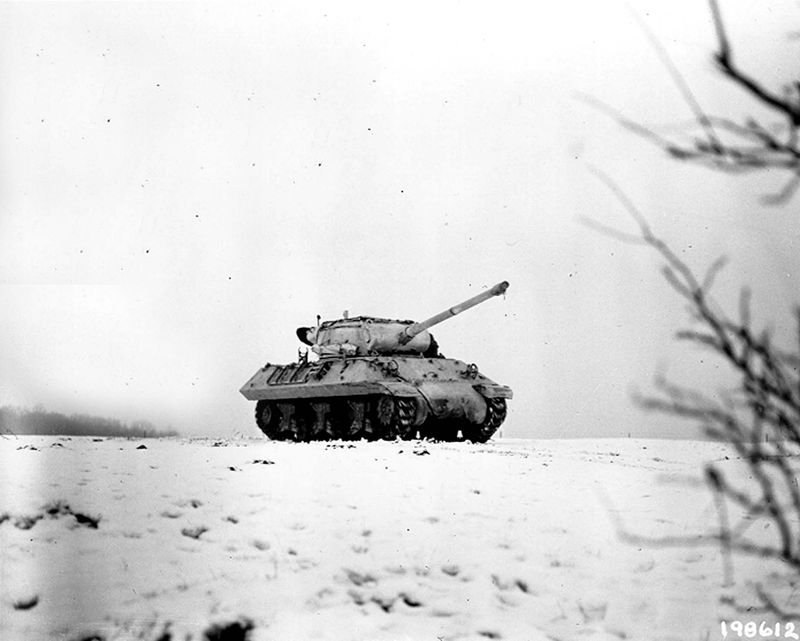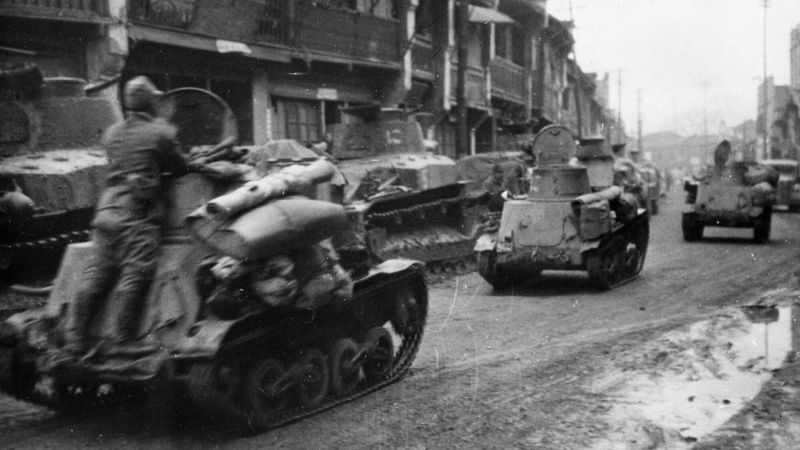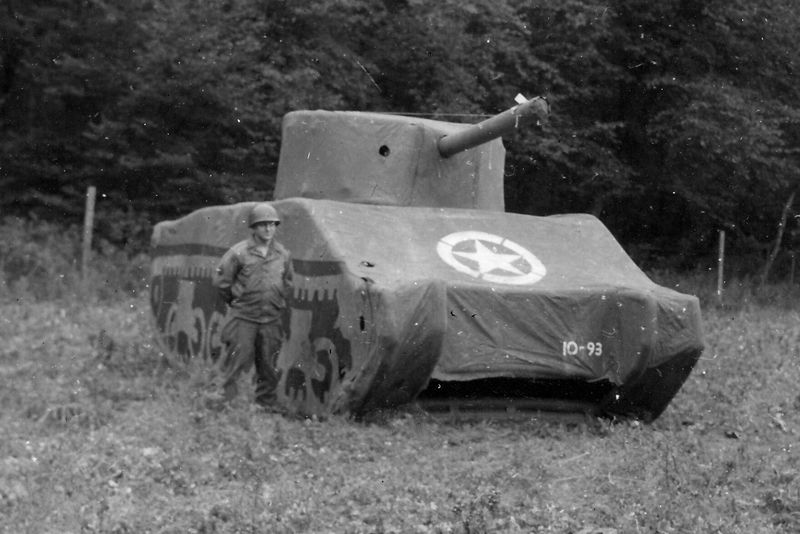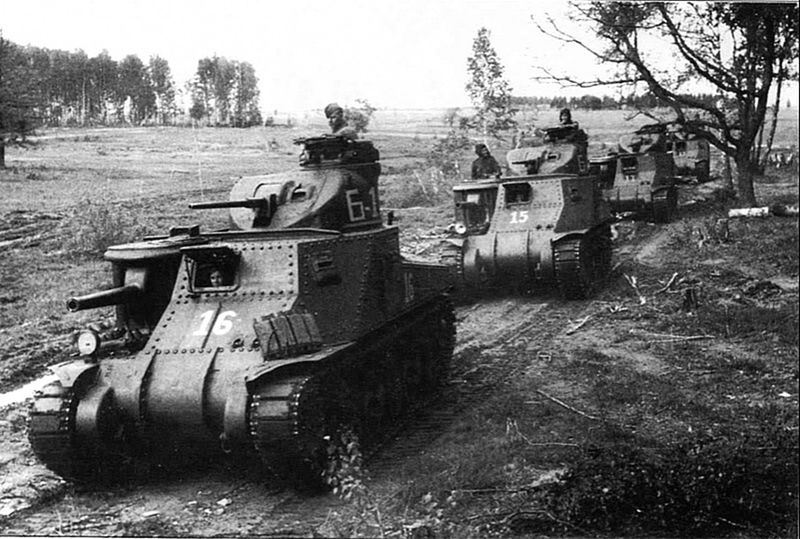During World War II, America deployed unexpected yet effective tools and tactics to counter the formidable German Panzers. These underdogs showcased ingenuity, speed, and sheer determination, proving essential in the fight against Nazi armored forces.
From nimble tank destroyers to innovative infantry weapons and strategic air support, each element played a crucial role in ensuring victory on the European battlefields.
This post unveils eight fascinating facets of America’s surprising Panzer annihilators that turned the tide of war.
1. The M18 Hellcat – The Speed Demon That Could Kill a Panther
Roaring across war-torn landscapes, the M18 Hellcat became a speed legend. With velocities reaching 55 mph, it outpaced adversaries with an almost feline swiftness. Armed with a formidable 76mm gun, this agile beast preferred to strike from unexpected angles, catching German tanks off guard.
Key battles like the Battle of the Bulge highlighted its prowess, where speed and sharp tactics outdid brute force. Picture the Hellcat maneuvering, a silent predator in a world ablaze, turning the tides against the formidable Panthers.
2. The M10 Tank Destroyer – America’s Workhorse Tank Killer
In the cacophony of war, the M10 Tank Destroyer stood as a steadfast ally. Its 3-inch gun, nestled within an open turret, was a beacon of hope for many soldiers. Mass-produced and versatile, the M10 became a staple on European fronts.
It excelled in ambushes, where its open-top design allowed for swift reloading and firing. Imagine it amidst the ruins, a symbol of resilience and tactical brilliance, delivering blows to the once-feared Panzers with unyielding precision.
3. The Bazooka – Infantry’s Portable Answer to Armor
A game-changer in infantry tactics, the Bazooka emerged as a portable nemesis to armored foes. Introduced in 1942, this rocket launcher fired shaped charges capable of piercing tank armor.
Although head-on confrontations with heavy tanks were unwise, flanking maneuvers transformed it into a lethal threat. In the chaos of close combat, soldiers wielded Bazookas like keys, unlocking new strategies against seemingly impenetrable German behemoths.
Imagine the thrill of empowerment it offered, turning the tide in desperate encounters.
4. Air Power – The Ultimate Panzer Killer
High above the battlefield, the roar of engines signaled doom for German tanks below. Allied air power, dominated by the P-47 Thunderbolt and P-51 Mustang, became the bane of the Panzer divisions.
These aircraft strafed tanks with precision, their rockets and .50 cal machine guns wreaking havoc from the skies. Air superiority meant mobility for the Allies, as tank columns were decimated before reaching their objectives.
Visualize the chaotic ballet of fire and metal, where speed and altitude dictated victory.
5. The M36 Jackson – The Panther and Tiger Slayer
Looming with menace, the M36 Jackson made its mark as a true giant slayer. Armed with a 90mm cannon, it was one of the few American vehicles capable of confronting the fearsome Tiger and Panther tanks head-on.
Though a late entrant to the war, its impact was undeniable during the Allied advance into Germany. Picture its formidable silhouette cutting through the mist, a harbinger of defeat for German armor, where cunning and firepower converged to reshape battles.
6. Terrain and Tactics – Ambushes, Chokepoints, and Deception
War is not just fought with machines, but with minds. U.S. forces mastered the art of terrain and tactics, using forests and urban landscapes as allies. Chokepoints funneled tanks into traps, while coordinated artillery and mines added layers of defense.
Creativity flourished in these settings; soldiers crafted Molotov cocktails and explosive charges, redefining battlefield ingenuity. Envision the strategic dance, where every tree and building became a potential ally in the battle against armored might.
7. Intelligence and Innovation – Turning the Tide with Smarts
In the cloak-and-dagger world of warfare, intelligence often trumped firepower. American forces excelled in using radio intercepts and recon patrols to stay one step ahead.
Deception units like the Ghost Army sowed confusion, while engineers innovated field modifications to counter German armor.
Picture a world where adaptability was the key, where every intercepted message or clever ruse became a weapon, shaping battles in ways that sheer force could not. Smarts indeed turned the tide.
8. Lend-Lease and Allied Cooperation
United in purpose, the Allies demonstrated the power of cooperation against a formidable foe. The Lend-Lease program enabled the U.S. to use innovations like the British PIAT and Churchill tanks, enhancing battlefield versatility.
Coordination with British and Soviet forces stretched German defenses, forcing their Panzers to overextend. This unity fostered a combined arms strategy that surpassed German blitz tactics by war’s end.
Visualize the camaraderie and strategic synergy, where diverse elements combined to forge a path to victory.
